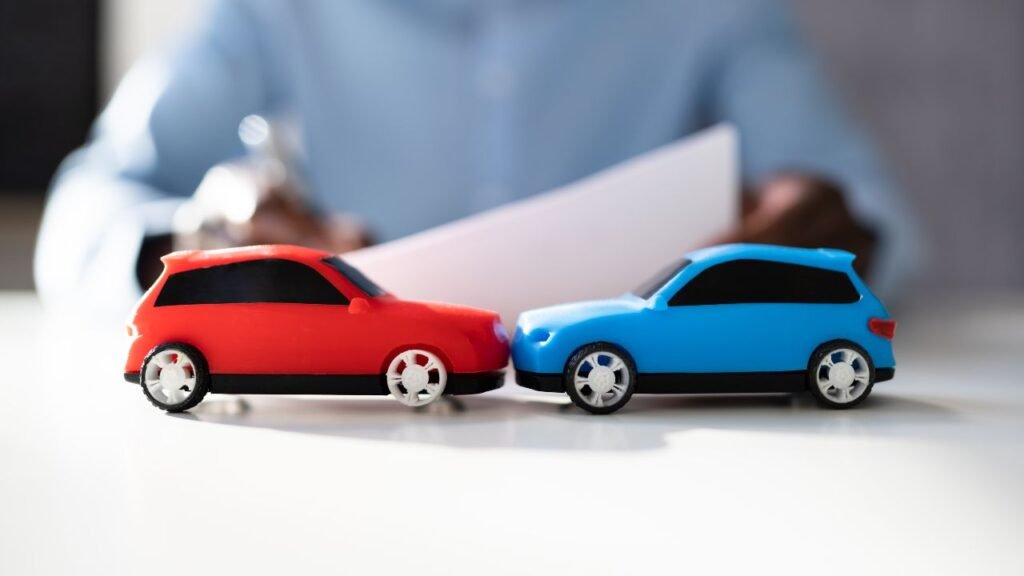Laws on product liability exist to protect consumers who purchase defective goods. Legal recourse is sought when a defective product injures a person. A lawsuit isn’t just one thing; it’s a process, and this process can be made more apparent when you understand how a product liability lawyer files a lawsuit. This approach ensures those impacted are aware and have navigational assistance through the legal maze.

Understanding Product Liability
A Baltimore product liability lawyer handles cases involving injuries caused by defective or dangerous products. These injuries include design flaws and manufacturing errors due to insufficient safety warnings. These attorneys navigate complex legal standards to prove liability and pursue compensation for those harmed.
Initial Consultation and Case Evaluation
It all starts with a discovery call. Prospects describe their experience — how the product harmed them. This meeting also assists in determining whether the case is worth pursuing. Attorneys review existing evidence, including purchase history, medical records, and witness testimony, to ascertain whether the essential elements of a legal case are present. Assessing this type of evidence is critical in determining how the law would be applied.
Gathering Evidence
Gathering evidence is one of the most critical steps in the litigation process. The proof that the product is faulty and a direct cause of harm will be the crux of a successful case. Lawyers painstakingly sift through and gather all required documentation. The procedure may mean getting technical opinions, photos, or defective products. They may also look into the manufacturer for past problems or recalls. The case thus benefits from the rich narrative that such a thorough investigation develops. To win the case, proving a direct connection between the product defect and the injury is essential.
Filing the Complaint
Once we have documented everything, the next step involves drafting and submitting a complaint. This record describes the assertions against the accused, the lapse, harm, imprisonment, and payment. Filing is the official beginning of the lawsuit and sets the legal process into motion. Take care when creating a strong complaint. It is drafted so that, while still having the emotional punch of a compelling story, it is compliant with legal standards— a job done by lawyers who also analyze the case of the customer whose story they are drafting. An artfully written complaint can steer the course of the case.
Negotiation and Settlement
Most product liability cases settle and never go to trial. Two parties and their lawyers often discuss settlement terms before going to trial. Such negotiations strive for compensation without the expense and delays of court. Negotiation is both an art and a science. Every lawyer fervently advocates for their client, highlighting the strength of their case and the potential costs of prolonged litigation. A reasonable settlement brings a quick resolution and money right away.
Trial Preparation
And if negotiations break down, trial prep becomes crucial. A lot of time is spent building a strong case for the judges. This task requires developing arguments, preparing witnesses, and arranging evidence for presentation. At this stage, the lawyers will anticipate the different strategies from opposing counsel and prepare ways to counter them. They additionally drill witnesses to ensure their facts are consistent and credible. Good preparation improves the chances of a favorable result.
Court Proceedings
If no settlement can be reached, the lawsuit could go to trial. Lawyers present evidence and arguments, and the process is long and painstaking. Lawyers strive tirelessly to convince the judge or jury of the defendant’s culpability. Evidence provided by the cross-examiner and witnesses sometimes plays a decisive role in shaping the court’s opinion. Lawyers need to be versatile and adapt to all kinds of situations without overreacting to what’s happening.
Achieving Resolution
A resolution may happen due to a jury finding or a negotiated settlement during the trial. A favorable outcome results in damages for medical costs, lost income, and pain and suffering. The outcome also holds manufacturers accountable for providing safer products. It provides closure for the affected parties so they can finally move on. Justice may take a long time, but knowing it has prevailed is comforting.
Conclusion
A product liability lawsuit comprises a complex procedure that will only occur with legal knowledge and strategizing. Lawyers are indispensable and ready to guide clients through every step. Knowing how this works helps individuals, as it creates clarity and support in difficult times around product liability claims. Not only does such legislation bring personal justice, but it also makes the consumers safer in the long run by putting bad companies out of business.

